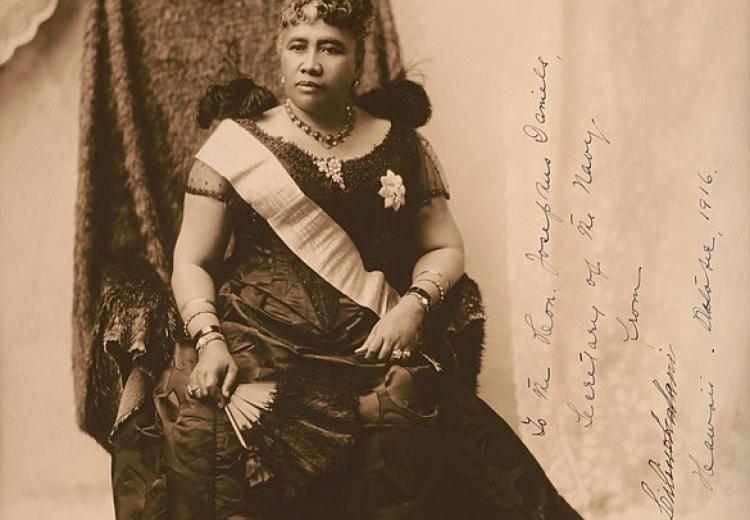Hawai'i's Annexation and Statehood: How the Island Nation Became an American Frontier

Signed photograph of Queen Liliuokalani, circa 1891.
From the initial formation of the unified kingdom of Hawai'i under a single sovereign in 1795 to its admission as the 50th state of the U.S. in 1959, Hawaiians have adapted to shifting political, economic, and social realities, changes that occurred in response to a number of major global events. This lesson plan uses primary sources to illustrate how people in positions of power as well as the average citizens of Hawai'i and the mainland shaped and responded to their circumstances. Students will explore events surrounding annexation and eventual statehood of Hawai'i as well as the lasting impacts and legacies of these events.
Guiding Questions
What were the experiences of native Hawaiian people who were resistant to the United States' imperial ambitions in the Pacific?
What can primary documents tell us about the people living through Hawaiian annexation and statehood?
Who were the people involved in the fight over annexation in Hawai'i?
How does the issue of Hawaiian independence affect the United States today?
Learning Objectives
Use primary sources, including text and images to investigate and explain the causes and effects of Hawaiian annexation and statehood.
Identify how both the leading voices and the public felt about Hawai'i's place within the United States.
Compare Hawai'i's journey to statehood to that of other territories in the United States such as Washington, DC and Puerto Rico.
Recognize the lasting impact of Hawai'i's annexation and admission into the Union.
